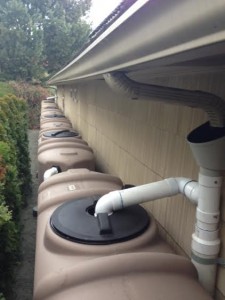 Rainwater collection is becoming increasingly popular for commercial and residential consumers in urban settings, driven largely by centralized water unable to meet demands caused by droughts, increased population, along with supply and demand.
Rainwater collection is becoming increasingly popular for commercial and residential consumers in urban settings, driven largely by centralized water unable to meet demands caused by droughts, increased population, along with supply and demand.
Quality of water is threatened by an aging infrastructure and environmental concerns such as the chemical spill in West Virginia last winter. Awareness and concerns of fluorides and chlorine in municipal water supplies are adding to the interest of alternate solutions.
Increased costs to meet storm water management and GSI (green storm water infrastructure ) requirements for new construction of commercial and residential projects are driving owners, designers, engineers, and architects to offset some of the costs involved with implementation.
In a recent report by “the National Resources Defense Council” eight cities were studied for potential economic impact of rainwater collection. It is estimated the residents of these cities could save 90 million dollars each year by adopting simple rainwater harvesting techniques.
Water closet and laundry facilities using rainwater collection are now becoming integrated into designs for both commercial and residential application. According to the American Water Works Association, water closets account for approximately 51% of water usage in commercial buildings and approximately 50 % water usage for water closet and laundry facilities in residential applications.

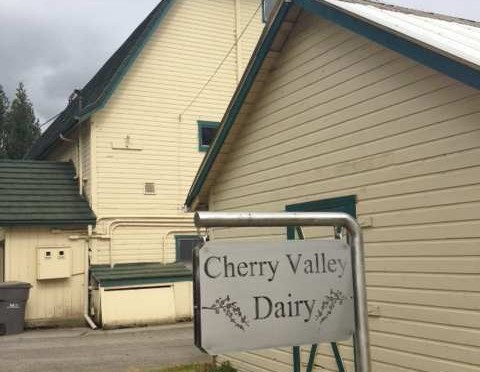
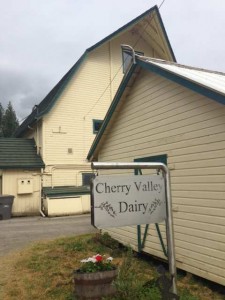 RainBank Rainwater Systems has been retained to design and build a rainwater collection system for
RainBank Rainwater Systems has been retained to design and build a rainwater collection system for 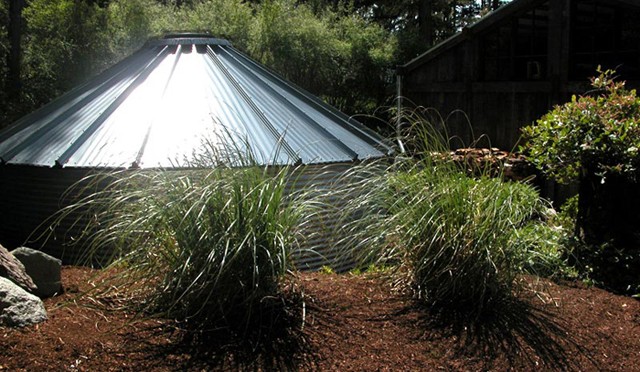
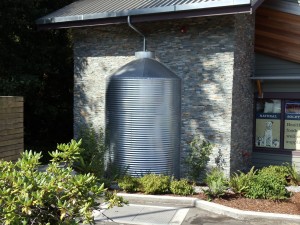 Steel water storage tanks for rainwater collection are generally bolted together grain silos adapted for this use. Made of galvanized corrugated steel panels, wall panels average 17 – 20 gauge with the galvanized roof panels being high rib or flat seam with a center hatch at the top and an access hatch near the bottom of the roof. A felt pre-liner is used between the steel and the main liner to protect it from abrasion. Liners are usually polyethylene and NSF approved when used for potable application or PVC, which is generally used for non-potable. However, PVC can be used for potable, as long as it is NSF approved. RainBank recommends polyethylene for this application.
Steel water storage tanks for rainwater collection are generally bolted together grain silos adapted for this use. Made of galvanized corrugated steel panels, wall panels average 17 – 20 gauge with the galvanized roof panels being high rib or flat seam with a center hatch at the top and an access hatch near the bottom of the roof. A felt pre-liner is used between the steel and the main liner to protect it from abrasion. Liners are usually polyethylene and NSF approved when used for potable application or PVC, which is generally used for non-potable. However, PVC can be used for potable, as long as it is NSF approved. RainBank recommends polyethylene for this application.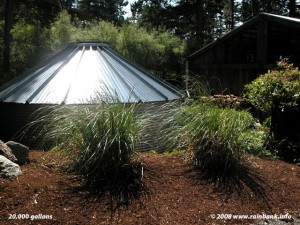 Steel water storage tanks offer durability and protection of the liner from UV rays, plus offers an industrial or rural architectural look. Many commercial applications use this type of storage for both of these reasons. Overflow lines can be installed on the outside of the tank, but it is recommended that any pressurized lines be underground and frost protected in our Washington climate.
Steel water storage tanks offer durability and protection of the liner from UV rays, plus offers an industrial or rural architectural look. Many commercial applications use this type of storage for both of these reasons. Overflow lines can be installed on the outside of the tank, but it is recommended that any pressurized lines be underground and frost protected in our Washington climate.